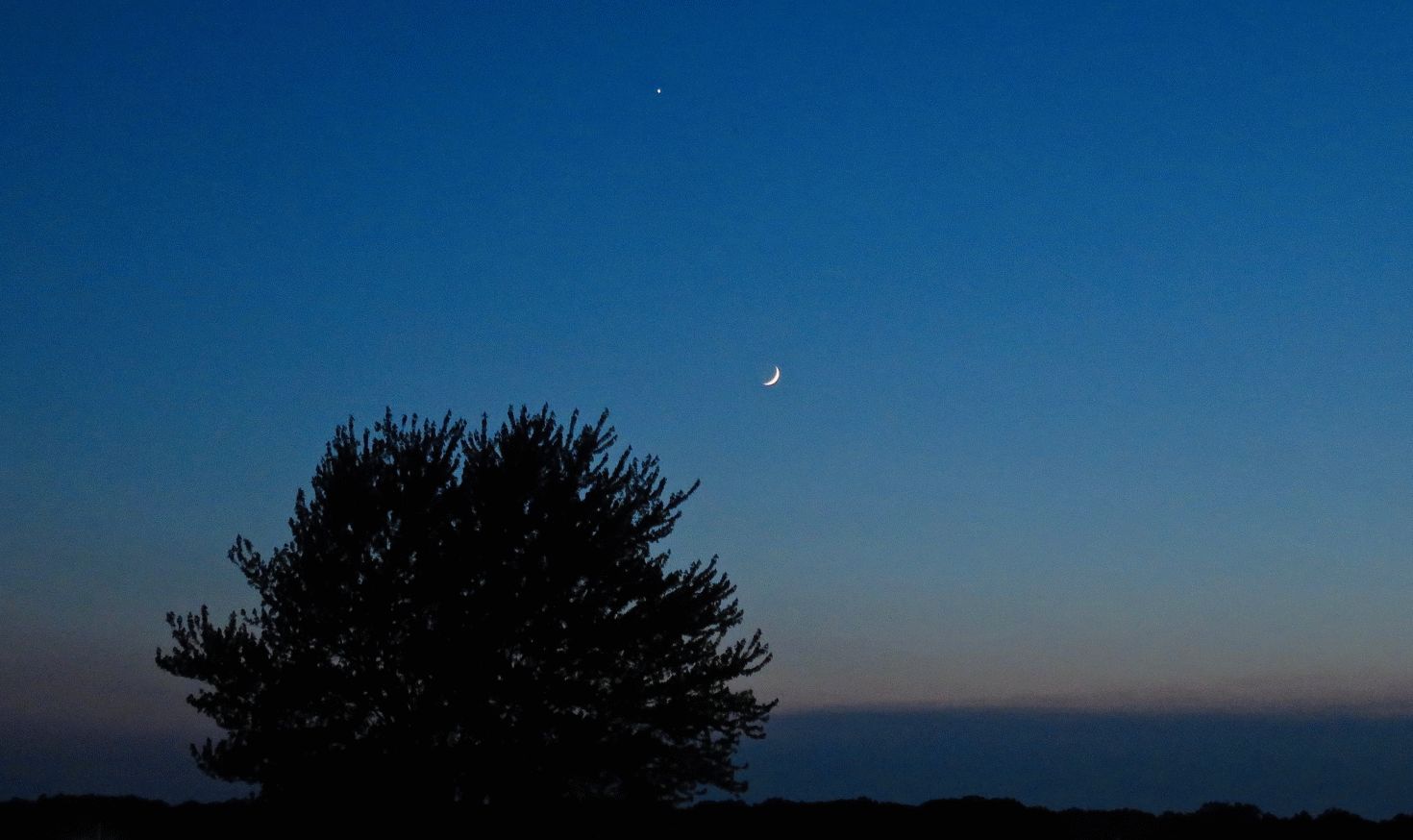What’s Up in the Sky – January, 2019
January Features the Moon and Planets
Whether you’re a late night person or an early bird, January has something for everyone.
You may recall last January 31st when there was a rare (the last one was in 1866) Super Blue Blood Moon, when the Moon is not only closest to Earth in its orbit (“Super”) and is the second full Moon of the month (“Blue”), but it is also totally eclipsed (“Blood”). Unfortunately, this rare event was not visible from West Michigan, but on January 20-21 this year, we will be in position to witness, weather permitting, a Super Blood Moon, just like last year, but without the “Blue” part.
The lunar eclipse begins around 10:30 p.m. with totality beginning about an hour later. The Moon will be deepest in Earth’s shadow at 12:12 a.m. During totality, see if you can spot the bright stars Castor, Pollux, and Procyon nearby. It’s also fun to imagine how the scene would appear to an astronaut on the Moon looking back at Earth. She or he would see the disc of Earth surrounded by a thin ring of red light from all the sunrises and sunsets happening on Earth at that moment. During totality, the Moon’s surface is lit only by this ring, thus the reddish hue of the Moon at that time. So mark your calendar for the night of January 20/21 to see this beautiful event.
Another celestial show will also occur this month, this one involving not only the Moon but also several bright planets. The only downside is that you will have to be out before sunrise to see it, but this time of year that’s during the morning commute.
You probably won’t be into looking at the predawn sky on New Year’s Day so rest assured that you won’t miss much if you wait until January 2nd. Looking southeastward around 7:30 a.m. you will see brilliant Venus just above a crescent Moon with slightly fainter Jupiter to the pair’s lower left. If by some miracle it is clear the following morning look for an even thinner crescent Moon just to the left of Jupiter.
Keep observing as often as possible to see the two bright planets move past each other as the month progresses with the minimum separation occurring on January 22. The show repeats at the end of the month and culminates with an even closer pairing, this time between the Moon and Jupiter on January 31.
With interesting sights all month, you can take advantage of any clear days to enjoy what’s up in the sky.
This month in history:
Jan. 1: Asteroid Ceres discovered by Giuseppe Piazzi-1801
Jan. 4: NASA cancels further production of Saturn V rockets-1970
Jan. 13: Galileo discovers Ganymede, moon of Jupiter-1610
Jan. 19: New Horizons spacecraft launched on it’s journey to Pluto-2006
Jan. 27: Apollo 1 astronauts Chaffee, White and Grissom die in fire in capsule-1967
Jan. 28: Seven astronauts killed when Space Shuttle Challenger explodes during launch-1986

